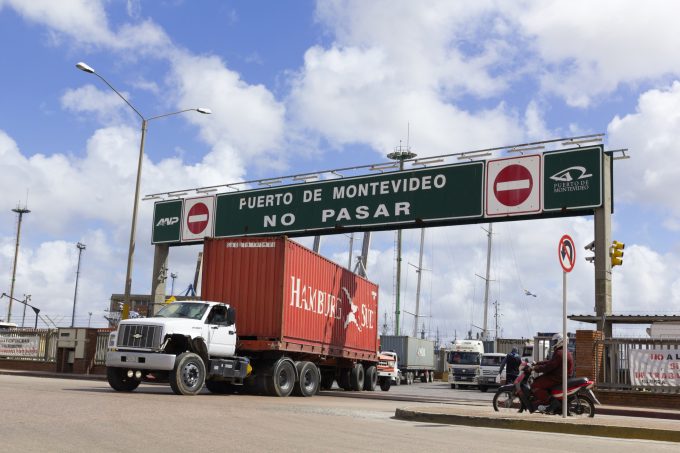Transpacific drop illustrates shifting global container trade patterns
Container volumes between the Far East and North America dropped 14.8% year on year in ...

Ocean carriers should look to the secondary trades for the best growth prospects this year, according to a new report from research and consultant Maritime Strategies International (MSI).
MSI singles out headhaul volumes from Asia to Latin America as having the biggest growth potential – “in ...

Comment on this article